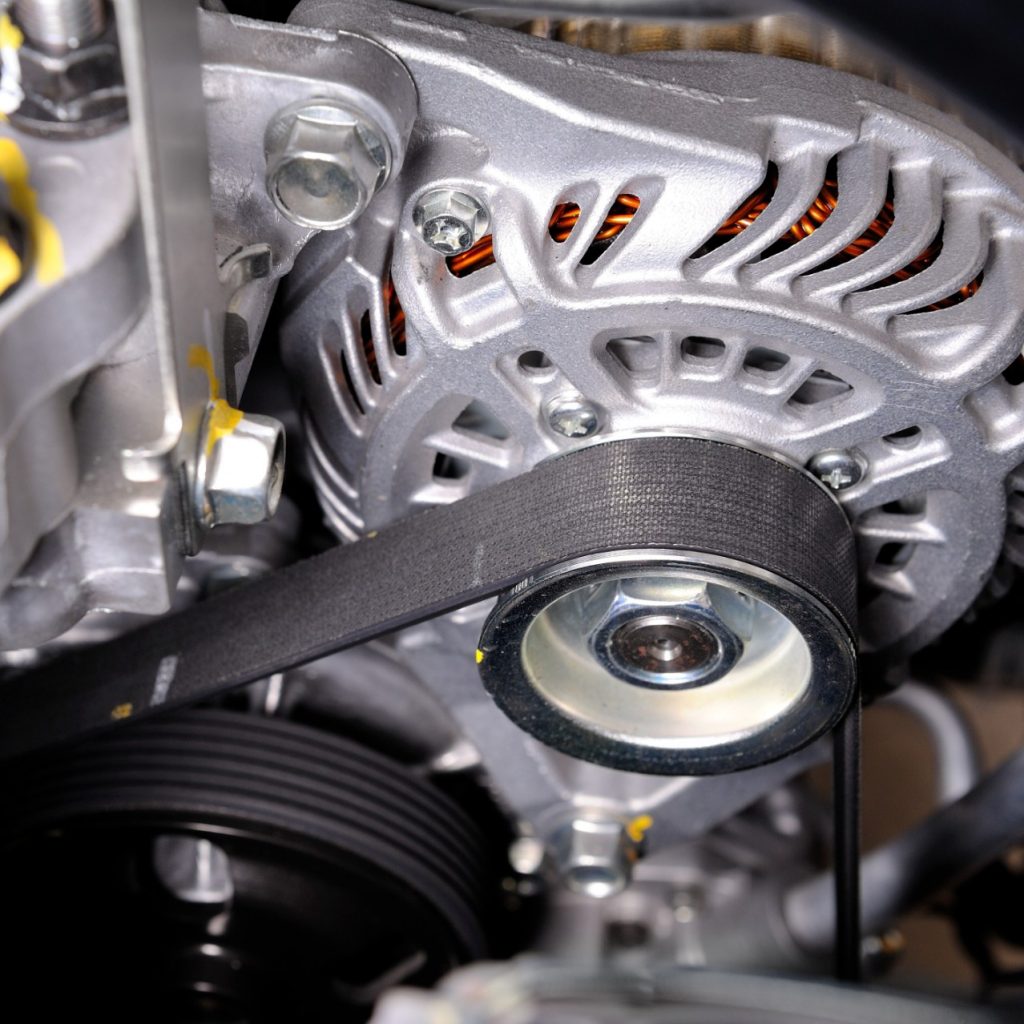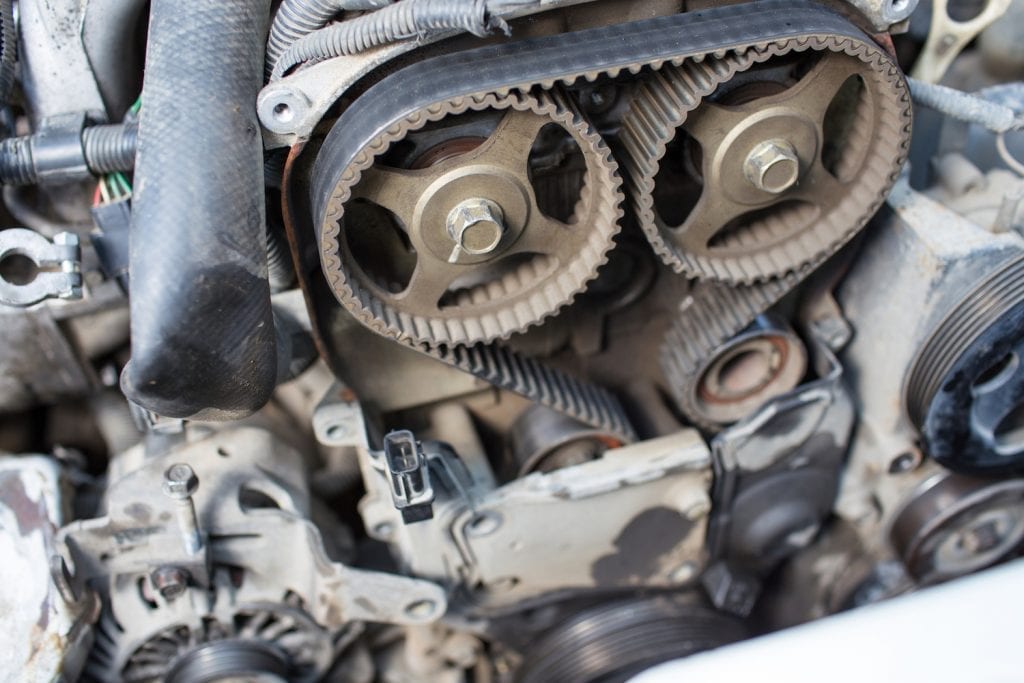When it comes to the reliability and strength of a vehicle’s engine components, the timing belt plays a crucial role. It synchronizes the rotation of the crankshaft and camshaft, ensuring that the engine’s valves open and close at the right times during each cylinder’s intake and exhaust strokes.
So, how strong is a timing belt? Let’s delve into the details to understand the strength, durability, and maintenance of timing belts.

Credit: www.j1autorepair.com
Material Composition
Timing belts are usually made of a durable rubber material with high tensile strength. The rubber is reinforced with fibers such as fiberglass or Kevlar to enhance its resistance to stretching and ensure longevity.
Strength Comparison with Timing Chains
Timing belts and timing chains both serve the same purpose of synchronizing the engine components. However, timing chains are made of metal, providing them with greater inherent strength compared to rubber-based timing belts.
Despite the difference in material, timing belts are designed to withstand the rigors of engine operation. While they may not be as inherently strong as timing chains, when properly maintained, timing belts can provide reliable service for a considerable period.
Factors Affecting Strength
Several factors can affect the strength of a timing belt:
- Tension: Proper tensioning of the timing belt is crucial for its strength and longevity. Overtensioning can lead to premature wear and even breakage, while insufficient tension can cause the belt to slip, leading to timing issues within the engine.
- Maintenance: Regular maintenance, including periodic inspections and timely replacement as per the manufacturer’s recommendations, is essential for preserving the strength and integrity of the timing belt.
- Environmental Factors: Extreme temperatures, exposure to oil or other contaminants, and prolonged periods of inactivity can all impact the strength and resilience of a timing belt.
Service Life and Replacement
The service life of a timing belt can vary depending on the specific make and model of the vehicle, as well as the driving conditions and maintenance practices. As a general guideline, timing belt replacement intervals typically range from 60,000 to 100,000 miles. However, it’s important to refer to the manufacturer’s recommendations for the specific replacement schedule.
Timely replacement of the timing belt is crucial for preventing potential catastrophic engine damage in the event of belt failure. While timing belts are robust, they are still subject to wear and aging, making regular replacement a fundamental aspect of engine maintenance.

Credit: gandgautorepair.com
Warning Signs of Timing Belt Issues
Recognizing the warning signs of a failing timing belt can help prevent unexpected breakdowns and costly repairs. Some common indicators of timing belt issues include:
- Unusual engine noises, such as ticking or rattling from the timing cover area
- Visible wear or damage on the timing belt, including cracks, fraying, or oil contamination
- Engine misfires or rough idling caused by timing belt slippage
- Difficulty starting the engine or complete engine failure
Read More: Why is My Car Losing Power When I Accelerate?
Frequently Asked Questions
Are Timing Belts Strong?
Timing belts are made from rubber and are strong enough to transfer power to different engine components. However, they may not be as durable as timing chains made from metal. Over time, timing belts may wear out and need replacement, while timing chains can last as long as the vehicle itself.
How Likely Is A Timing Belt To Break?
A timing belt is made from rubber and is not as strong as a metal timing chain. While timing belts are durable, they may need to be replaced at some point due to wear and tear. Timing belt failure can cause serious engine damage, so it’s important to have it inspected and replaced according to the manufacturer’s recommended service interval.
How Much Power Can A Timing Belt Transmit?
A timing belt can transmit a significant amount of power. However, the exact power capacity of a timing belt depends on various factors such as the size and design of the belt, the tension applied, and the specific application. It is important to ensure that the timing belt is properly maintained and replaced according to the manufacturer’s recommendations to prevent failures and maximize its power transmission capabilities.
Are Timing Belts Stronger Than Chains?
Timing belts are not stronger than chains. Chains are made of metal, while timing belts are made of rubber, which is not as strong. Belts may need replacing, while a chain can last as long as the vehicle itself.
Conclusion
While timing belts may not possess the inherent strength of timing chains due to their rubber composition, they are engineered to withstand the demands of engine operation when properly maintained and replaced at the recommended intervals. Understanding the factors that influence timing belt strength, recognizing warning signs of potential issues, and adhering to the manufacturer’s maintenance guidelines are essential for ensuring the reliable performance of this critical engine component.
By prioritizing regular inspections and timely replacements, vehicle owners can maintain the strength and integrity of their timing belts, contributing to the overall longevity and dependability of their vehicles.


